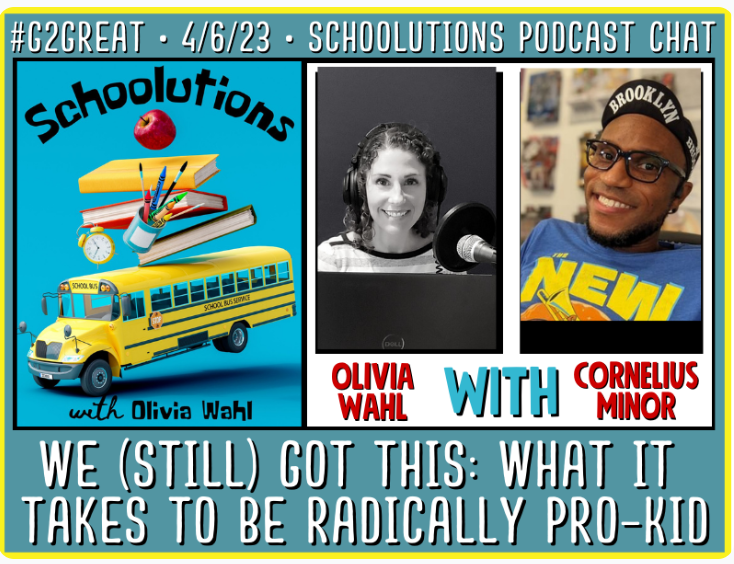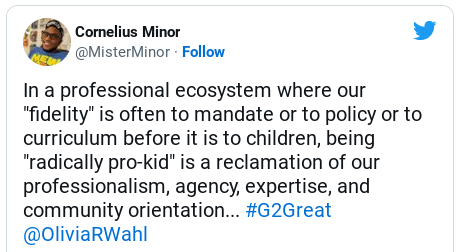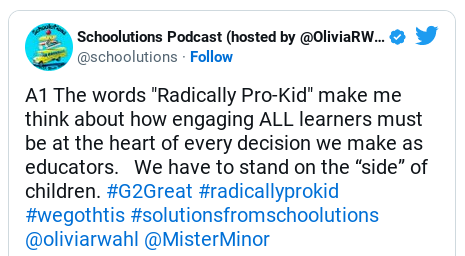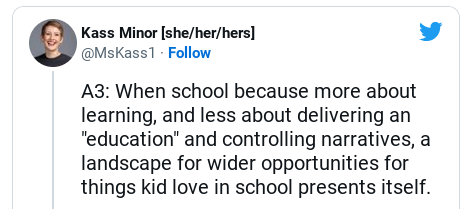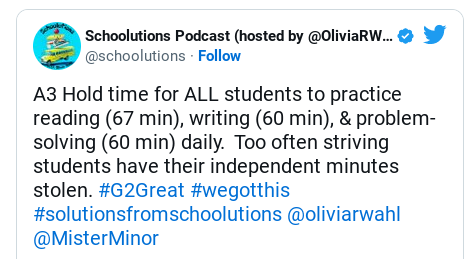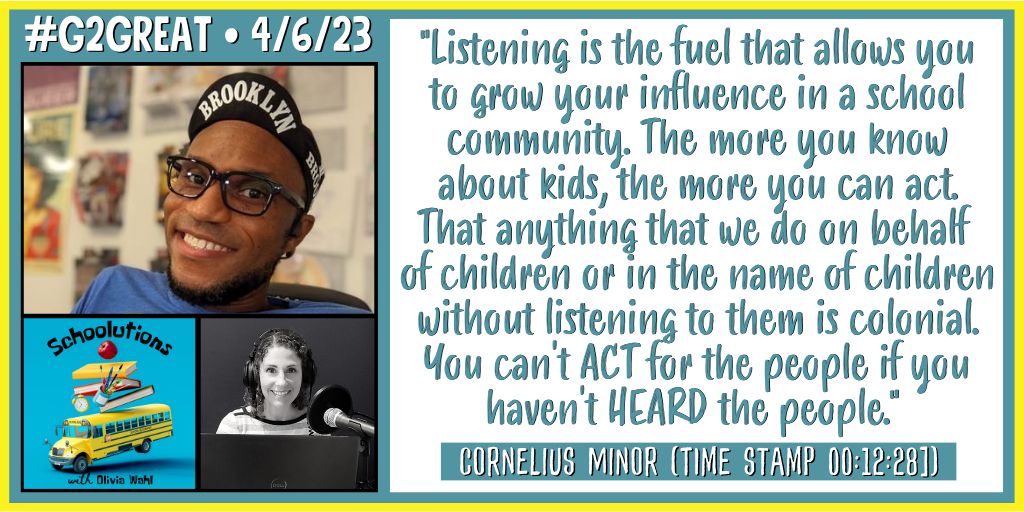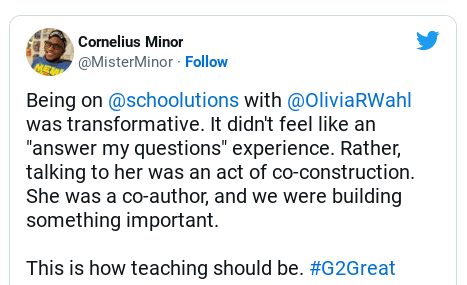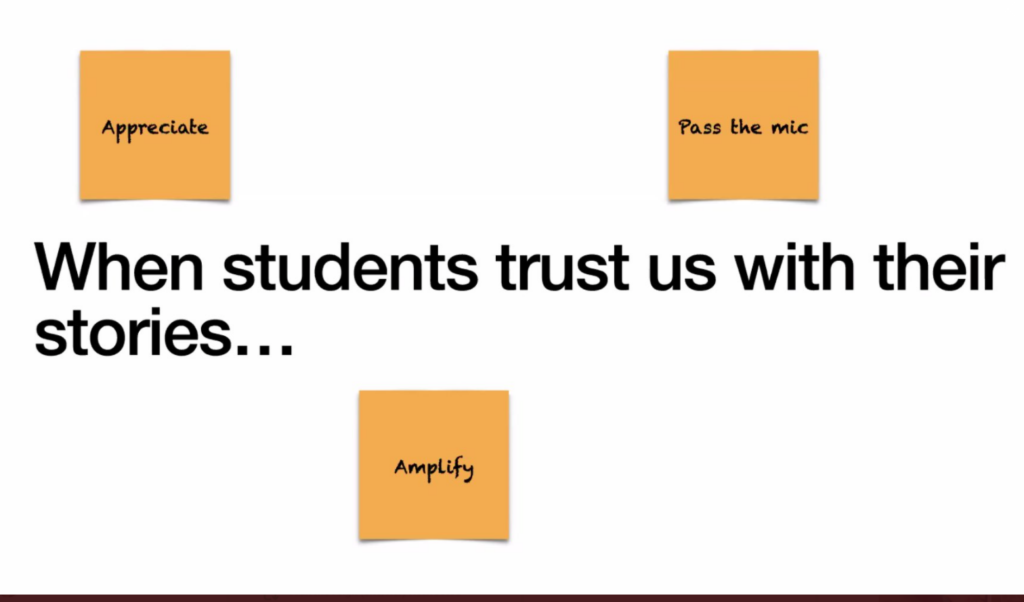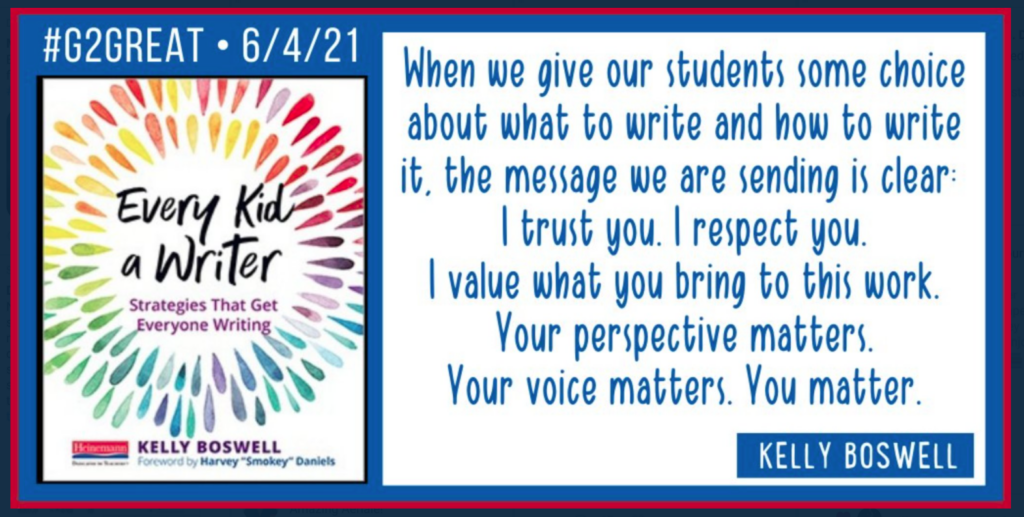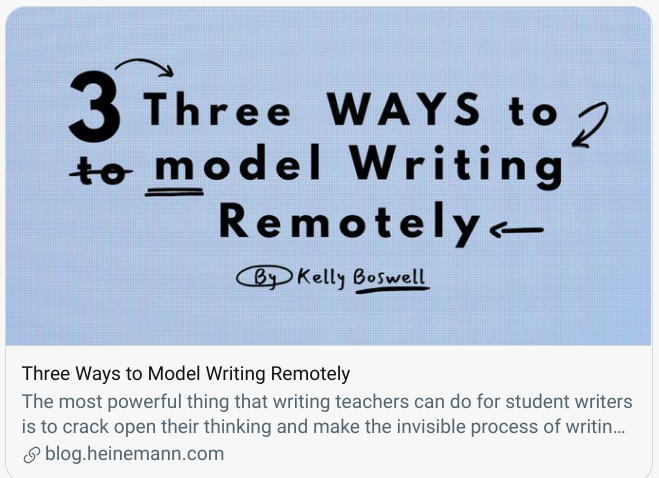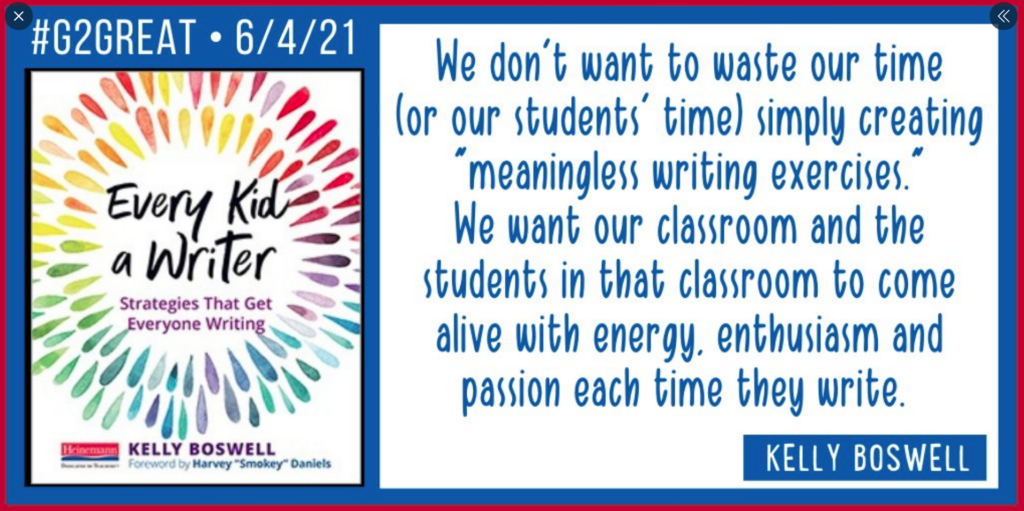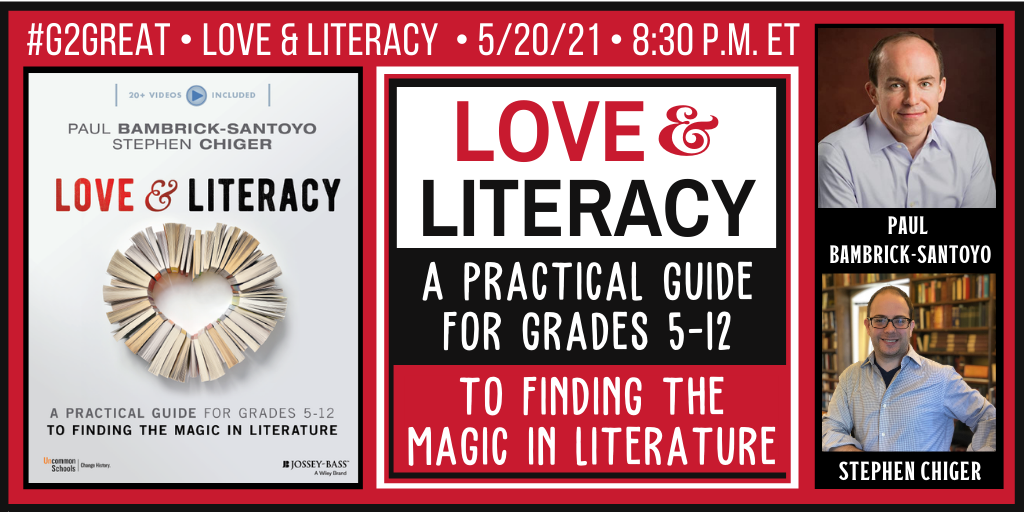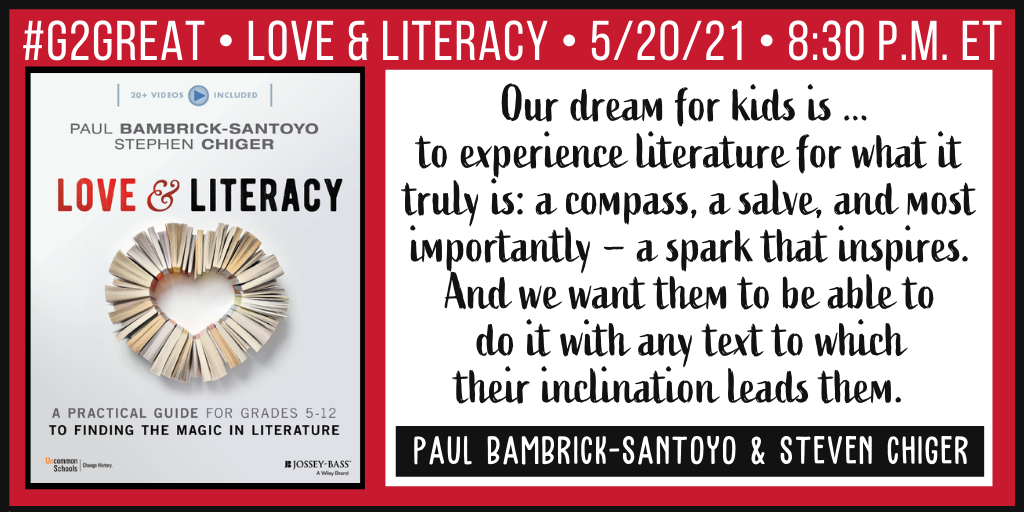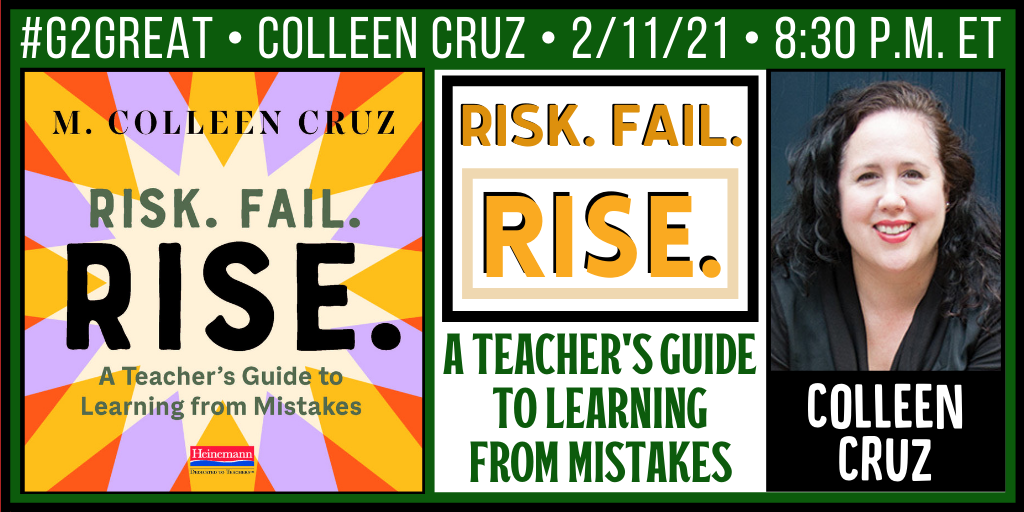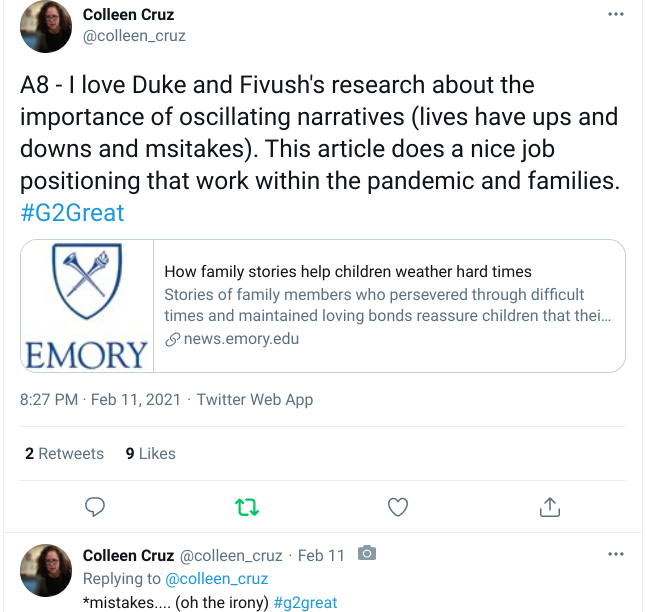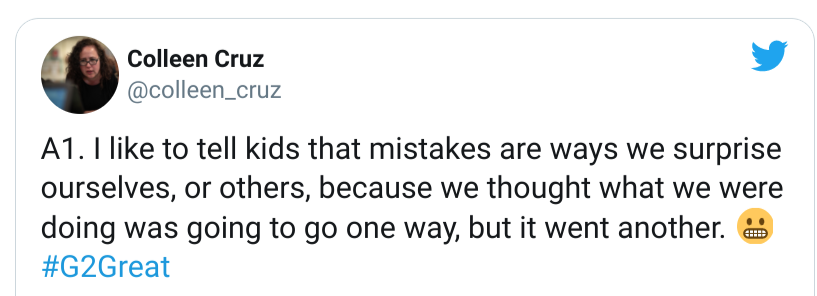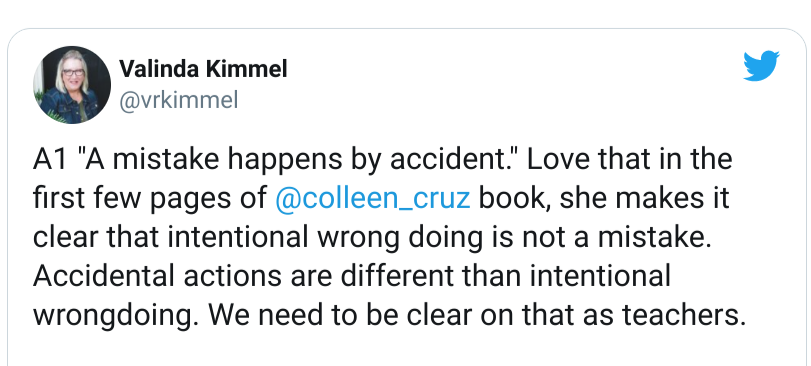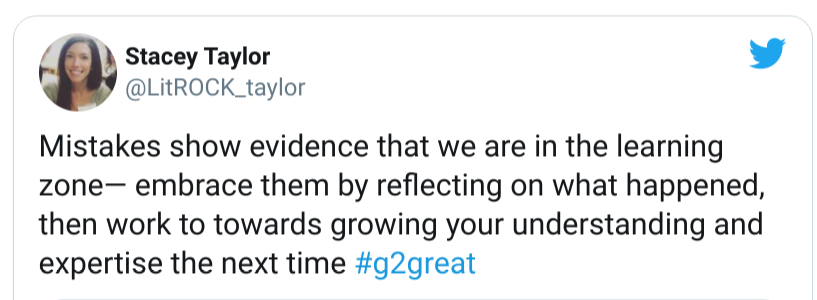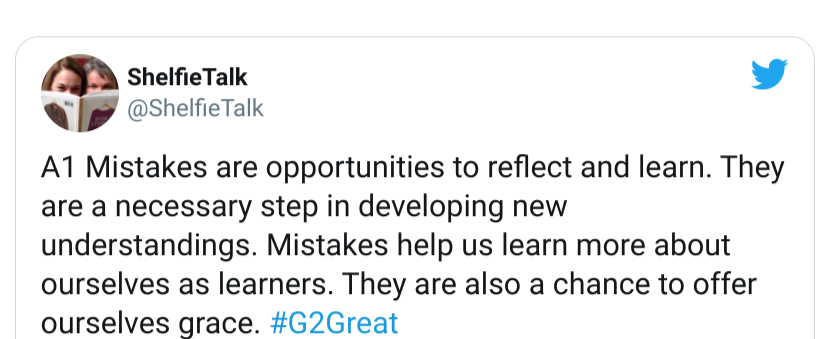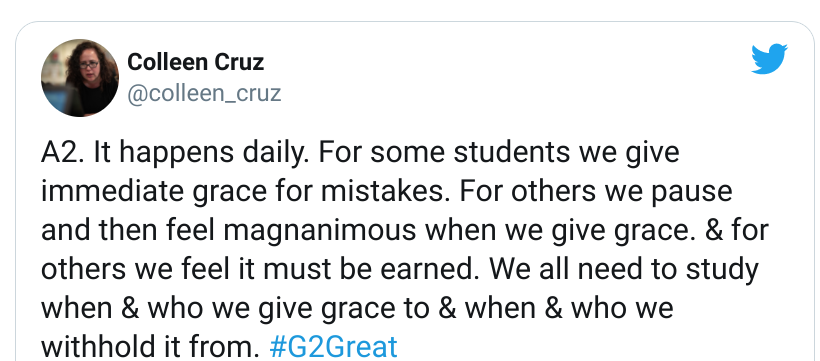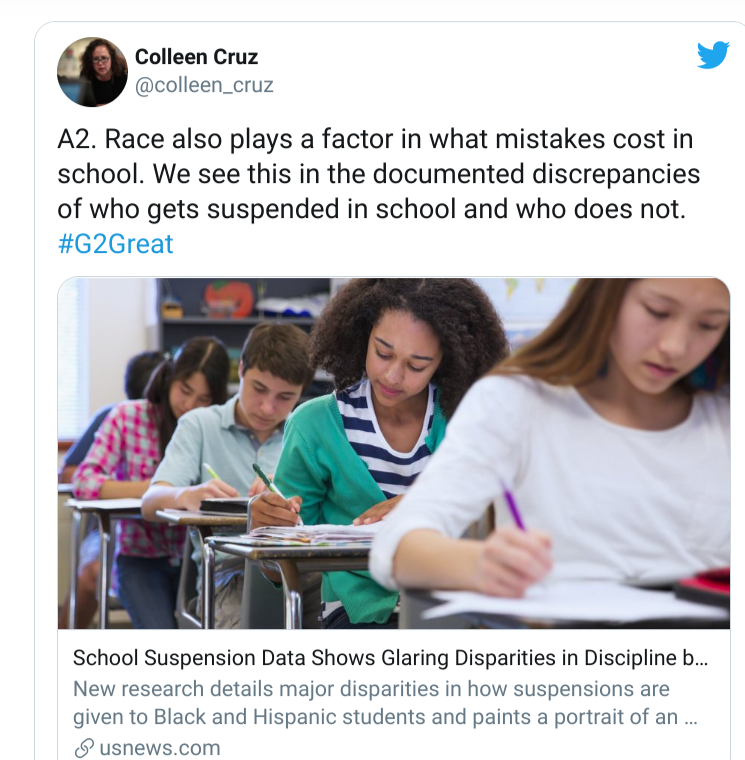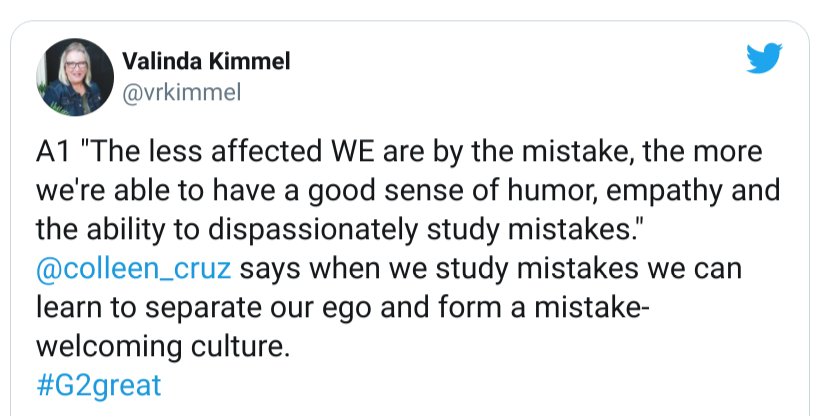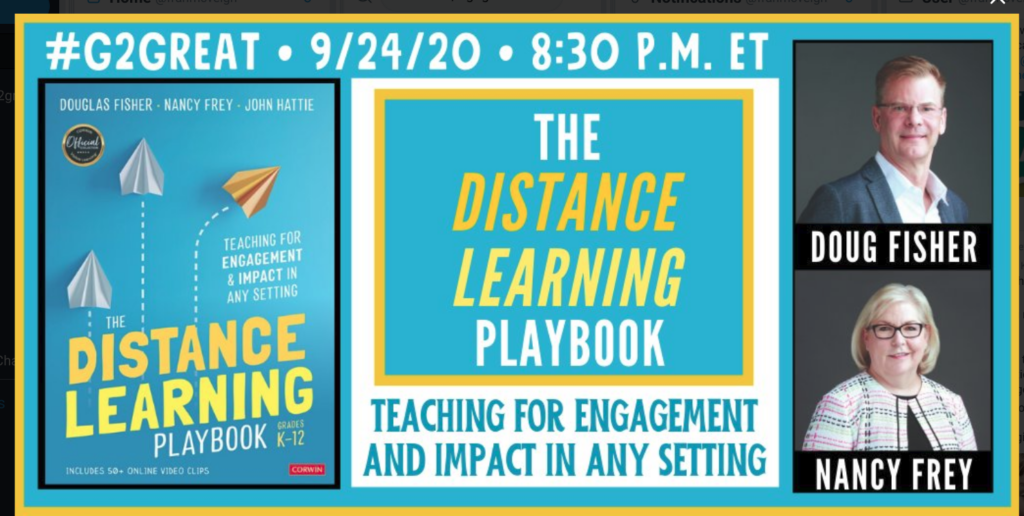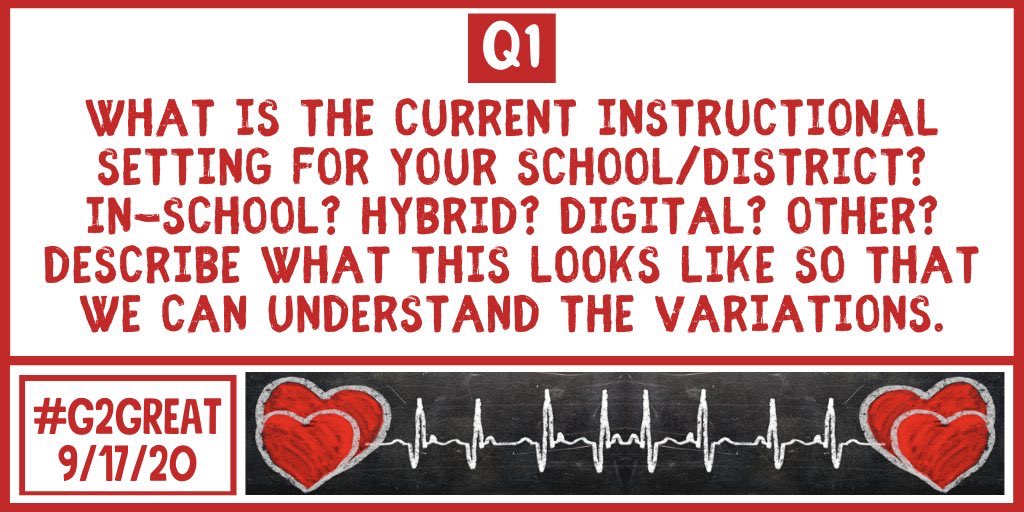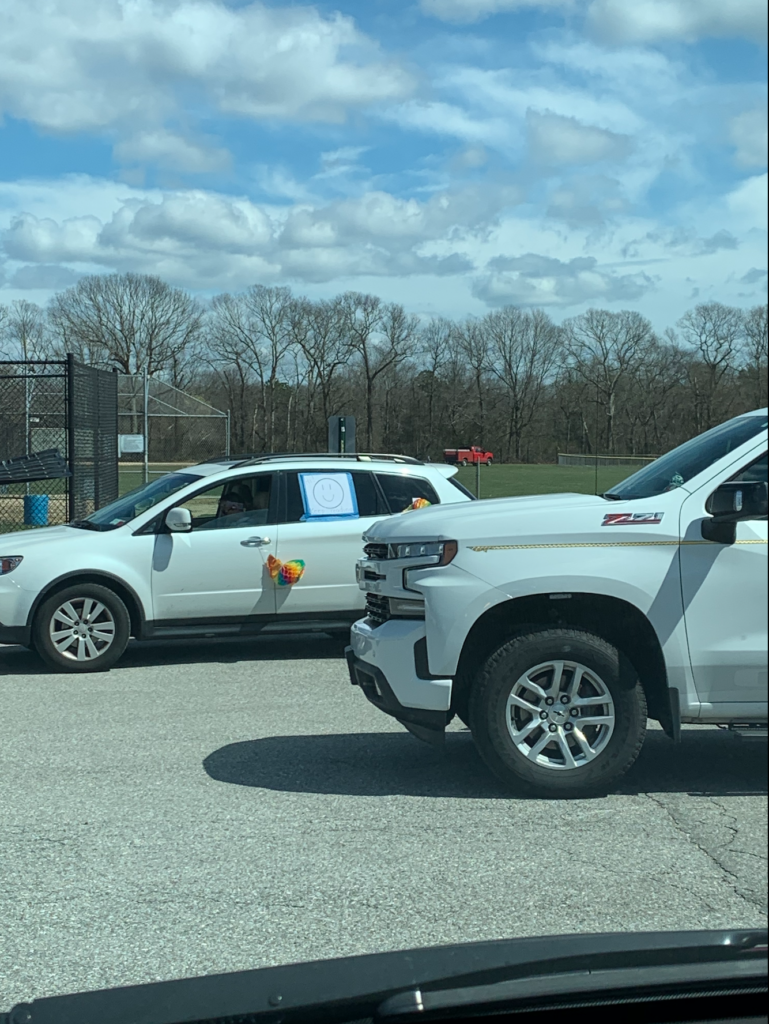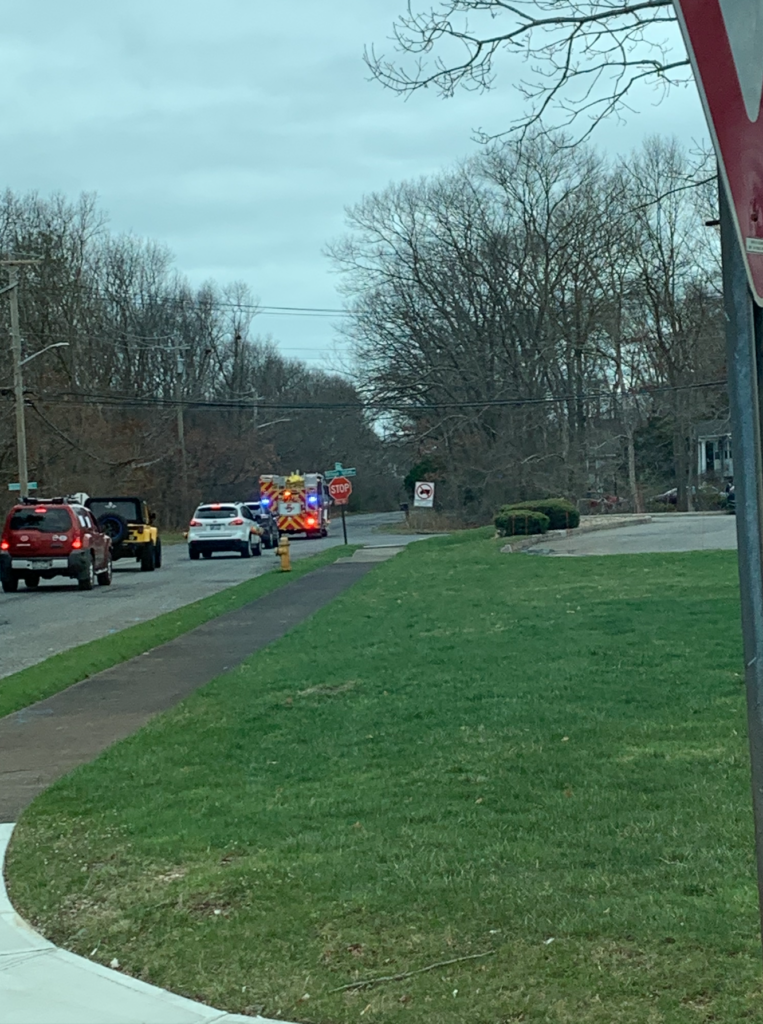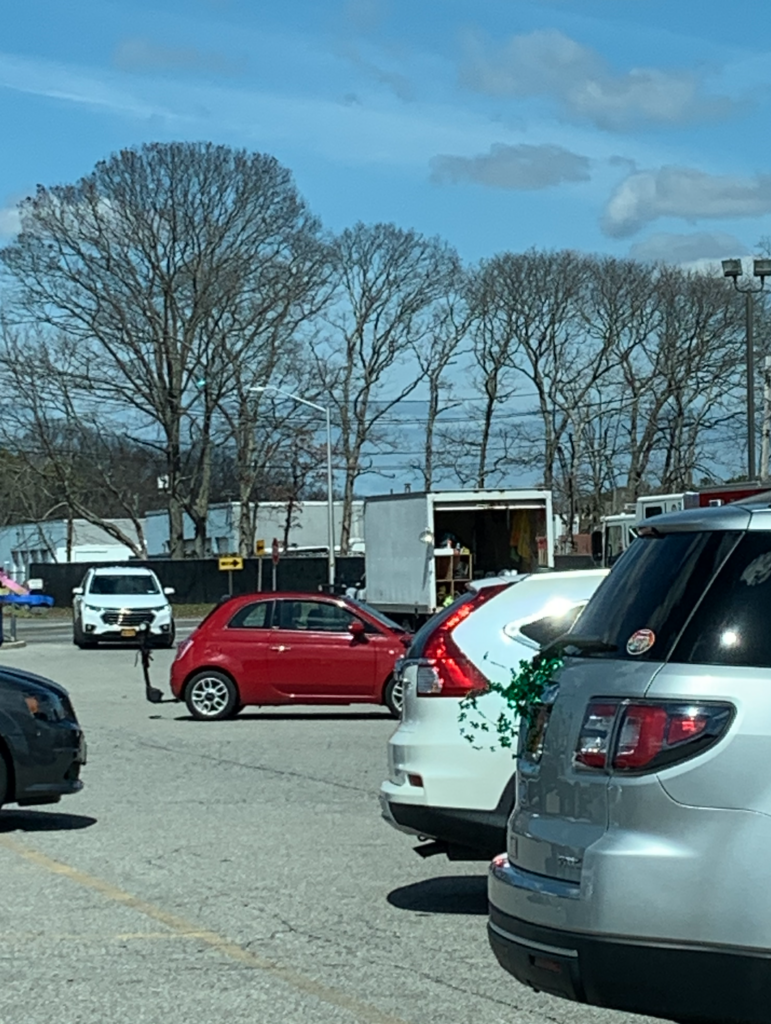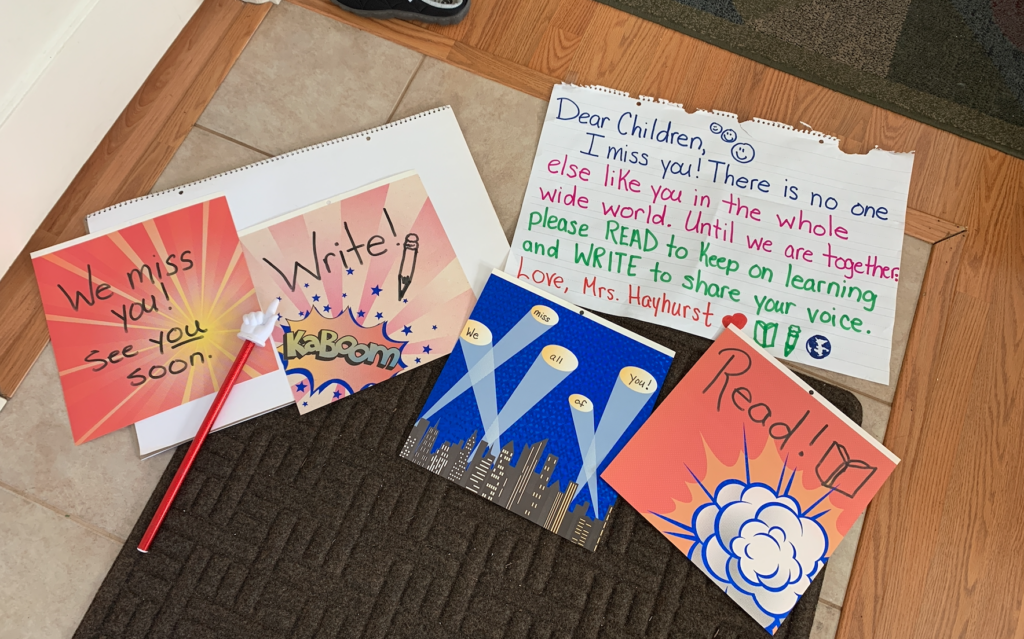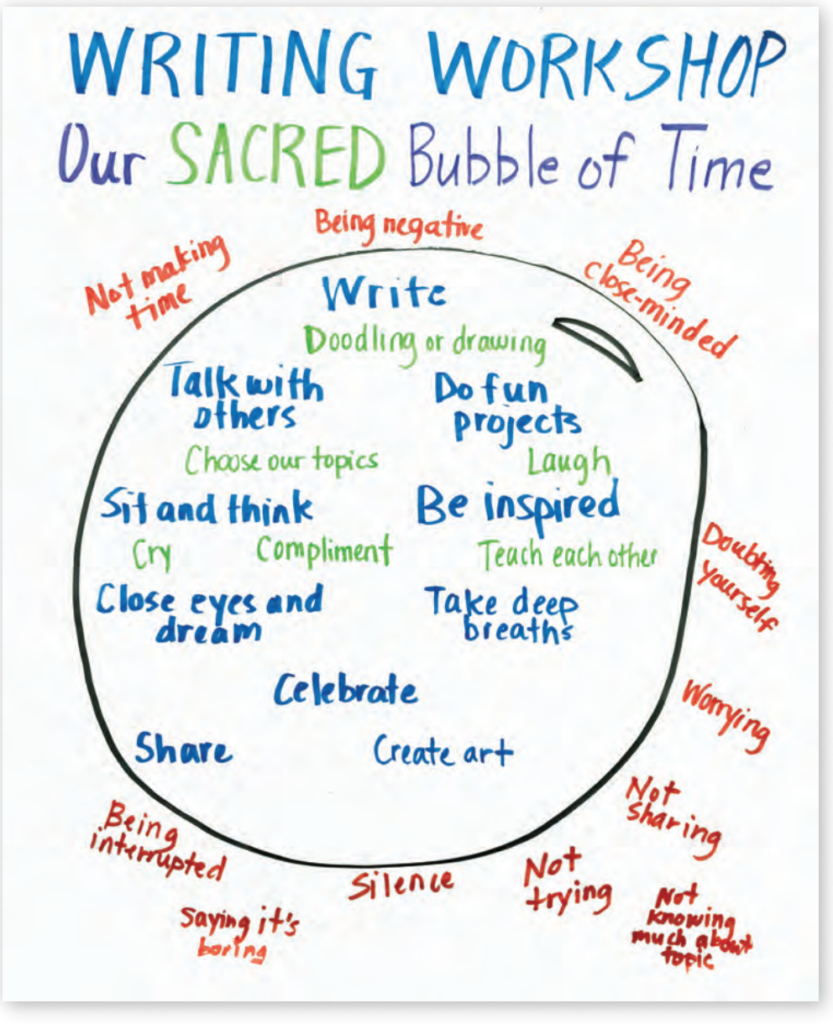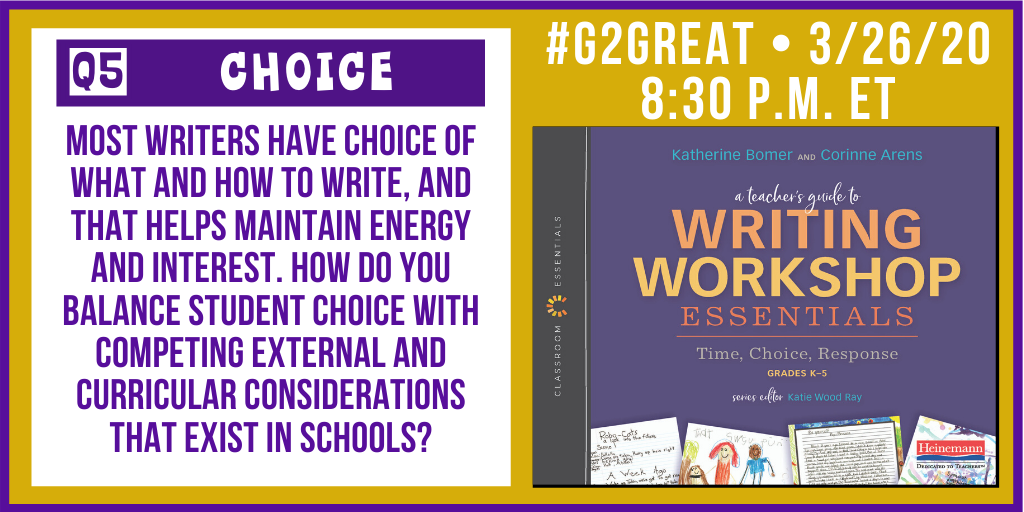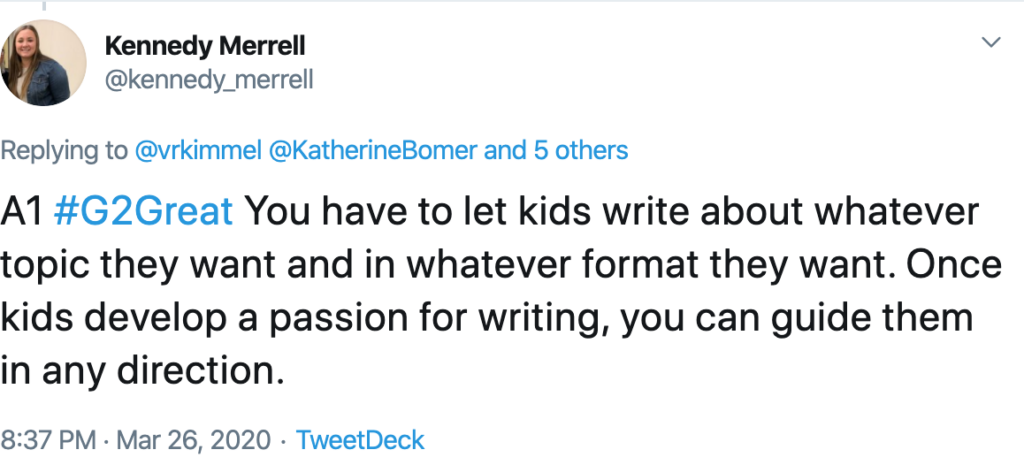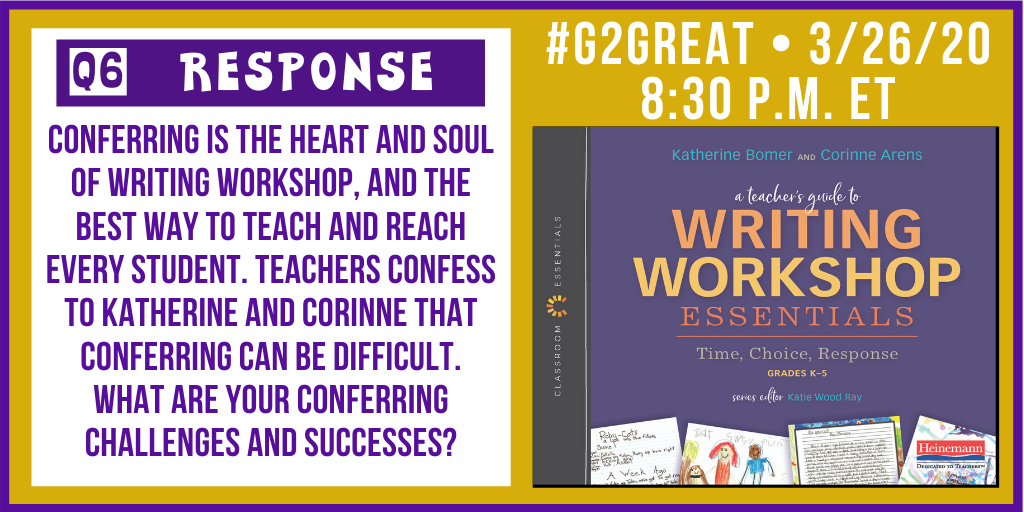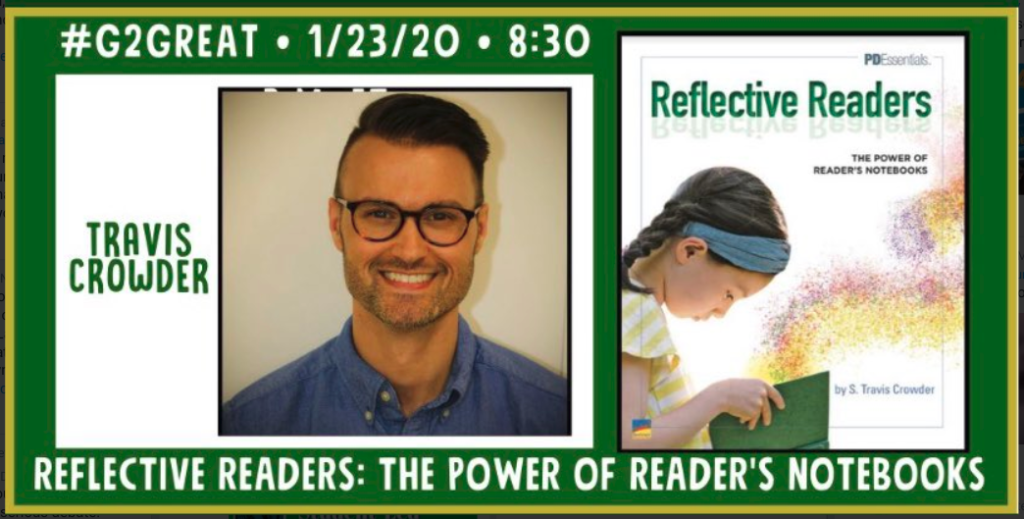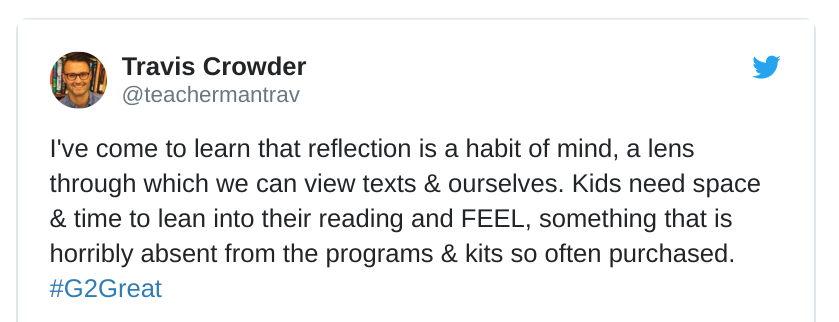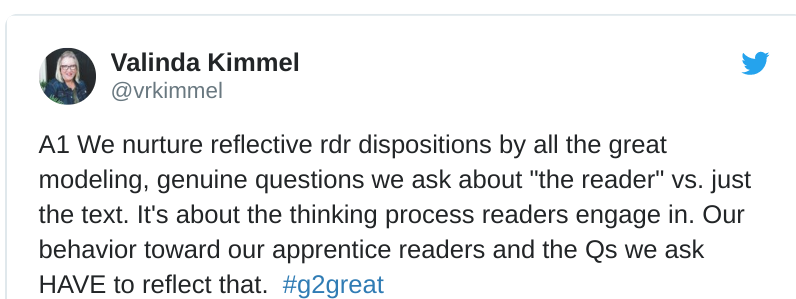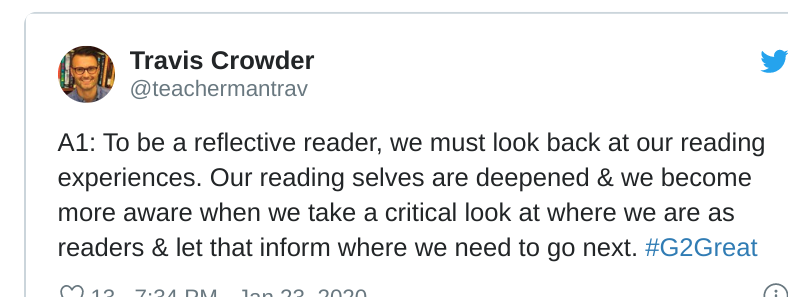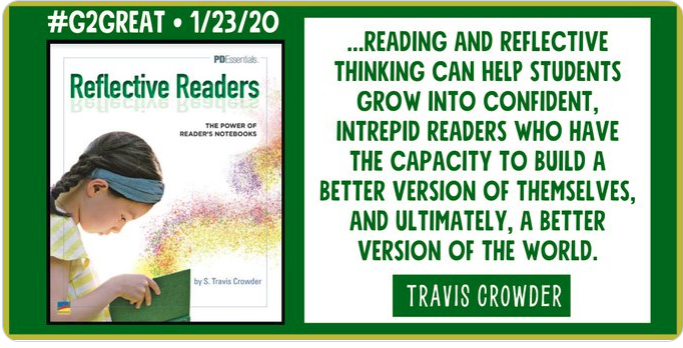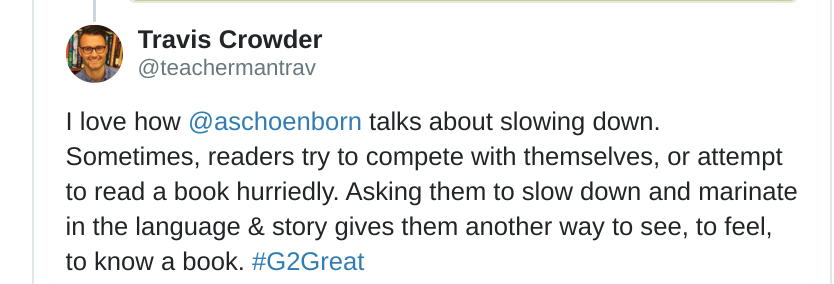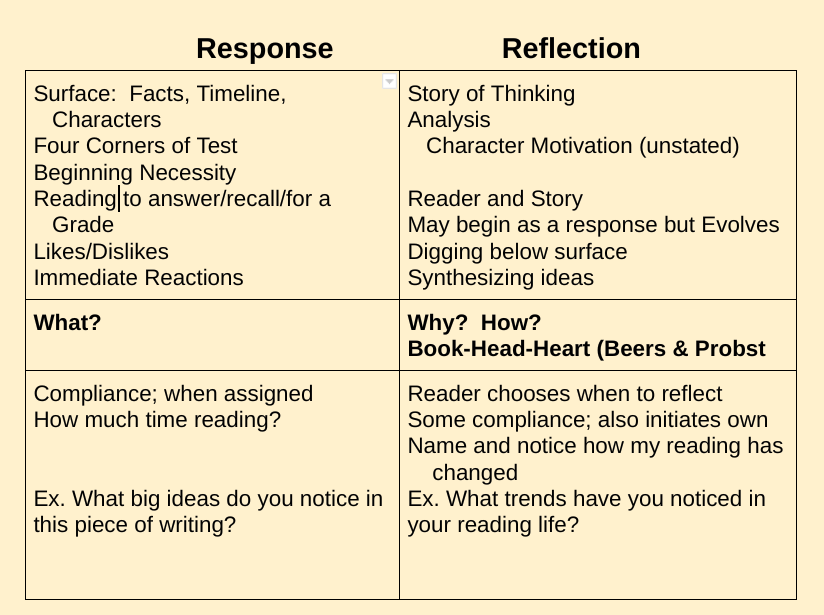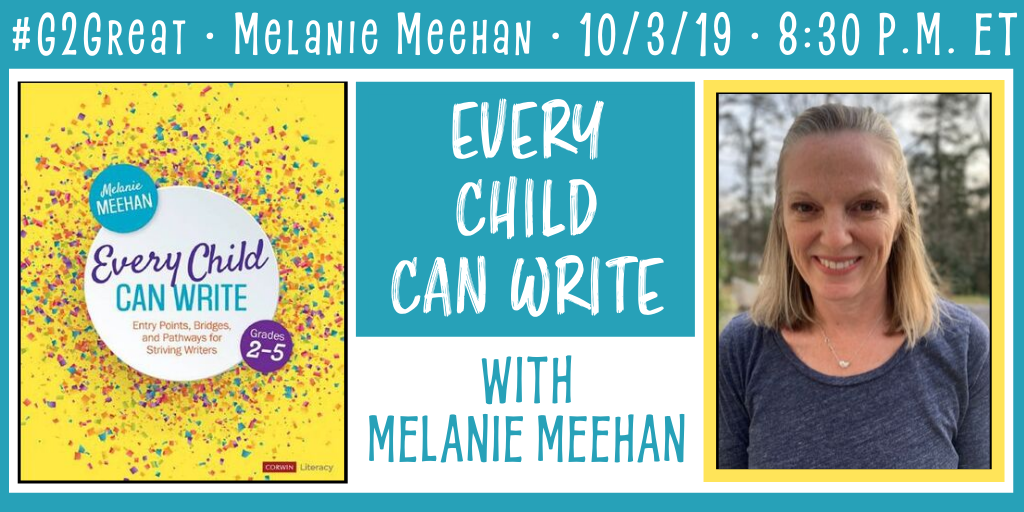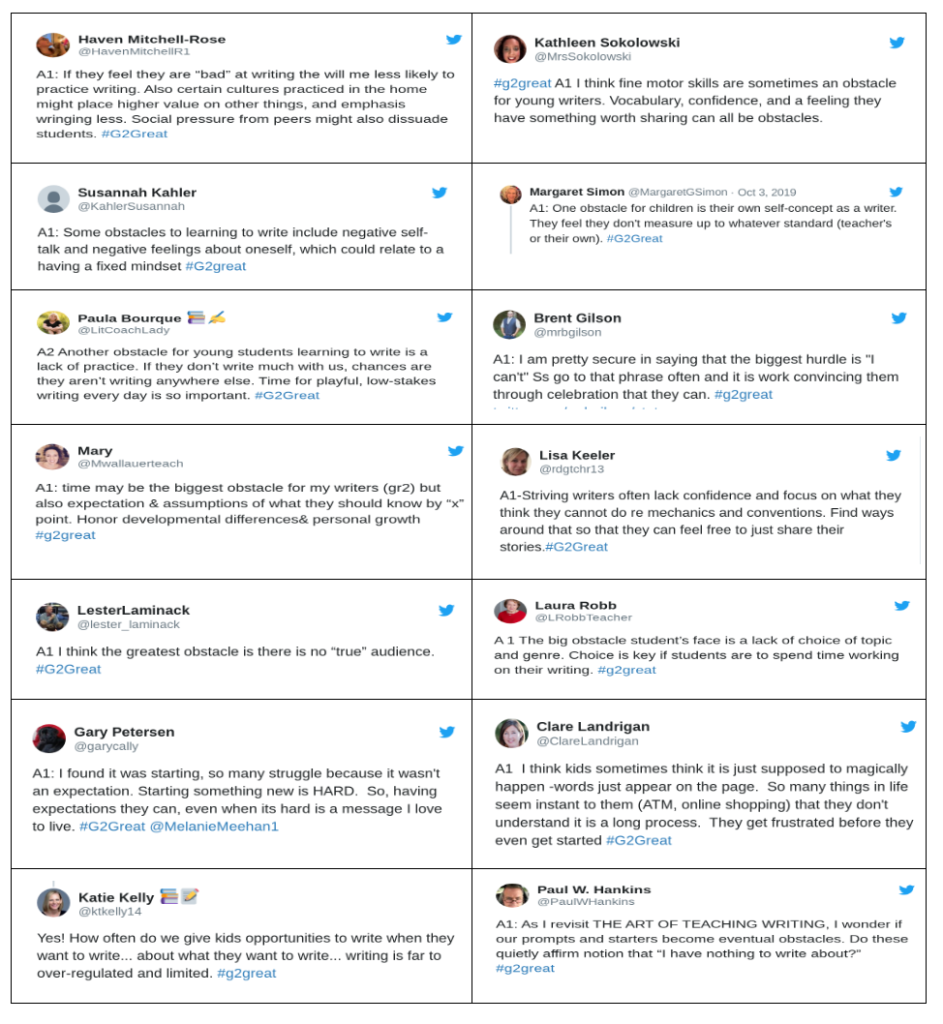
Wakelet archive is available here.
By Fran McVeigh
The #G2Great chat on June 1st with Kass Minor about Teaching Fiercely: Spreading Joy and Justice in Our Schools was amazing and so reflective of Kass’s work in school settings. There is so much wisdom in Kass Minor’s text. The title has super words: fiercely, joy, justice. These are words that embody so much of what we want for our students and our communities, but how do we get there?
As I started to write this blog post, I was pulled in several directions. But it was different to peruse the chat through TweetDeck scrolls rather than Wakelet. Basically, it has also been a pain. But being uncomfortable with the format has provided me with more thoughts about the ways that school is uncomfortable for some students 100% of the time. We must notice and study that “uncomfortableness.”(More on that in a different post as that was totally “Unjoyful”.)
The weekend after the chat, I spent a few hours at a dance recital. At one point, the costumes, the music, and the dance really changed. I said, “Oh, wow!” and my nephew said, “Cultural appropriation.” Two different perspectives of the same visual and auditory sequences. And that’s the reality of life right now. At least two, if not more, perspectives of ALL events. The key is acquiring knowledge, listening, and growing together as we break cycles of behavior that harm others.
This conversation took me back to Kass Minor’s book. Rereading. Thinking. Studying.
“This book is multifaceted. It calls upon educators to ask, to study, and to develop a practice in response to essential questions I’ve sought to answer, name and apply throughout my entire career in education: ________________________________________________
What is the pedagogy of justice? How is joy implicated in that pursuit? What does it mean to teach with our whole selves, fiercely?”
________________________________________________
page xxv
As educators, we need to reflect, question, and study. But that’s not enough. If we stop there, we have missed the opportunity to continue to grow through our actions. And our missed actions. Two steps forward and one step back. Our journey will have twists and turns, will double back, and even have some dead ends. But the journey to joy and justice will be worth every tired and aching muscle.
What is teaching fiercely?
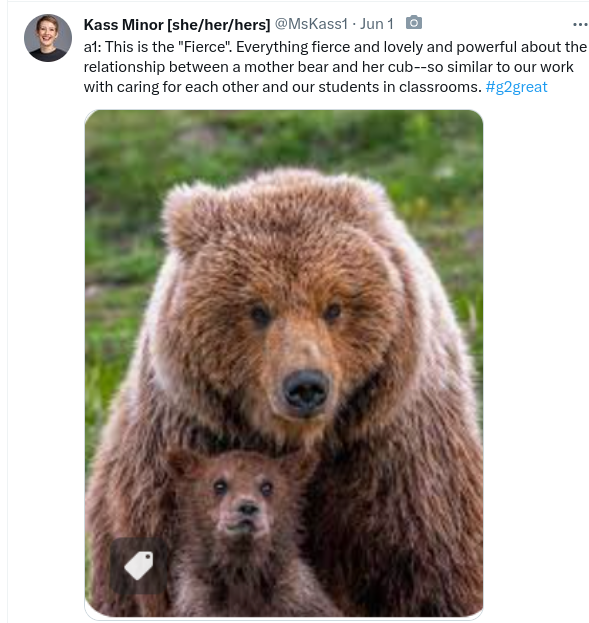
Other responses in the chat for teaching fiercely included:
Utilizing every moment, paying close attention to the students in front of us, zealously safeguarding instructional time, and listening closely to our students.
What is our end goal? What does “The work is the work” mean?
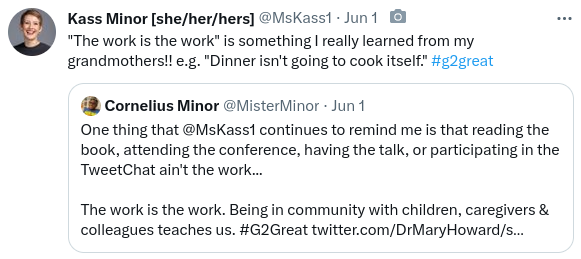
Both Kass and Cornelius, in the above tweets, remind us that this 1) will be work and 2) that we will have to do the work. WHY? Because JUST “reading the book, attending the conference, having the talk, or participating in the TweetChat ain’t the work…”
Before I compile tweets and responses from the chat, here’s what you need to know NOW!
This book is designed for you the reader to take action. To take action with your community. It’s a “How To” book not a “What to Do” of prescriptive tasks in a tidy list numbered 1-10. You, the reader, and your community will need to make decisions.
One of the first decisions will be about where to begin. Read Sara K Ahmed’s Foreward. DO NOT skip the Introduction. It provides both rationale and direction for your work. The section “How to Traverse This Book” (beginning on xxviii) is critical. This is not necessarily a book that needs to be read from cover to cover in sequential order. A Leadership Team may have an idea about where they want to begin based on previous endeavors.
So What is the Work? Here are some starting points.
1. Joy. Find it. Name it. Celebrate it.
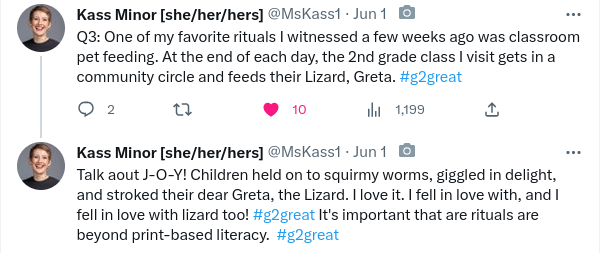
2. Pedagogy
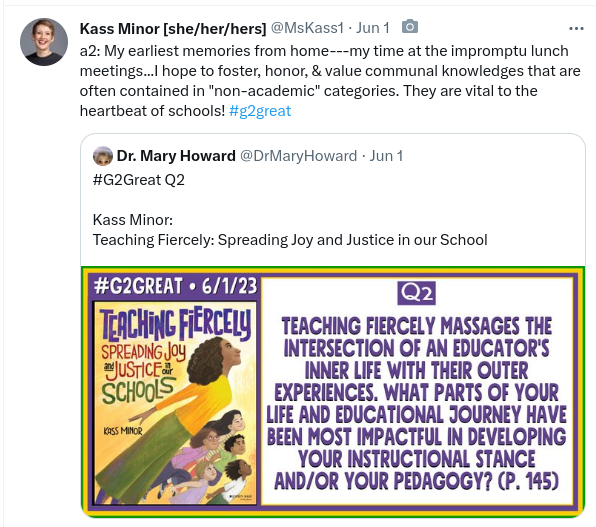

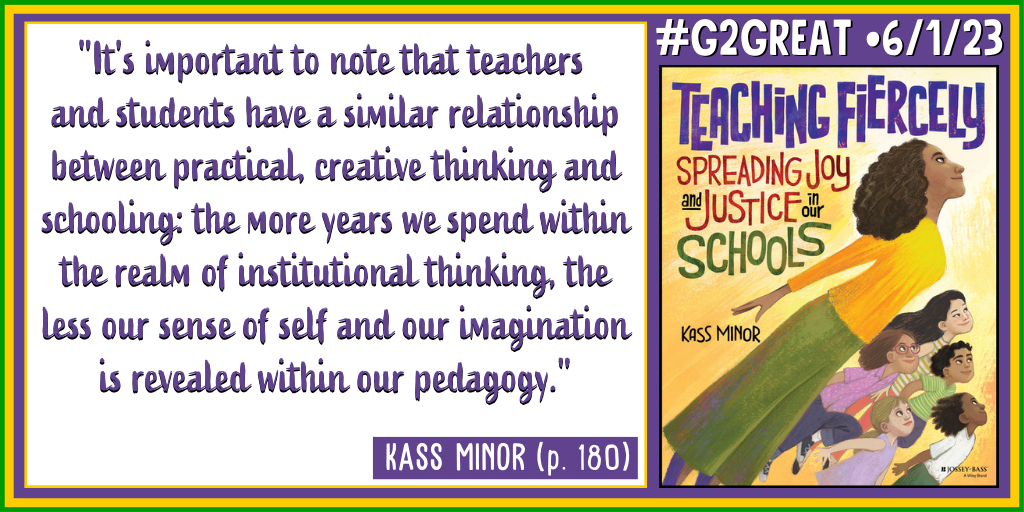
3. Reflect. Consider these pre-chat quotes from Kass:
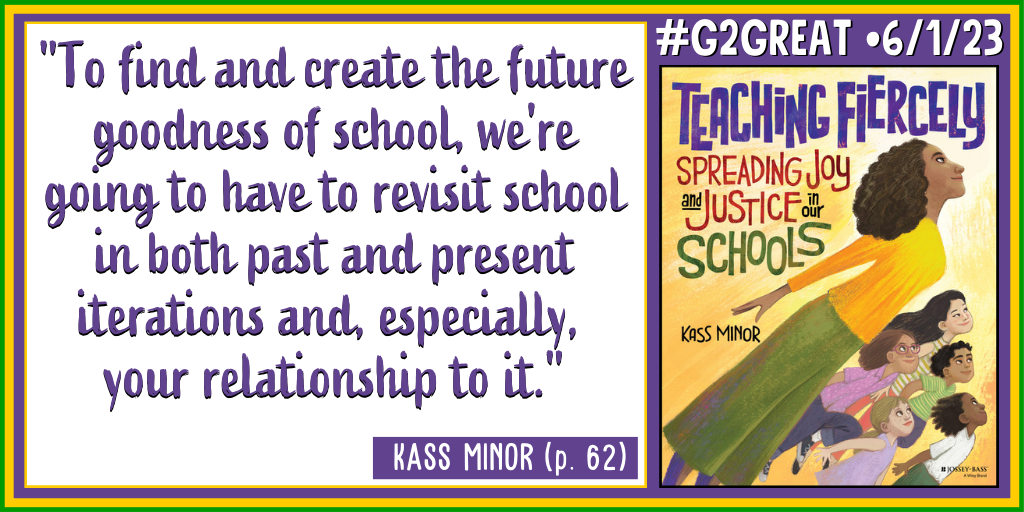
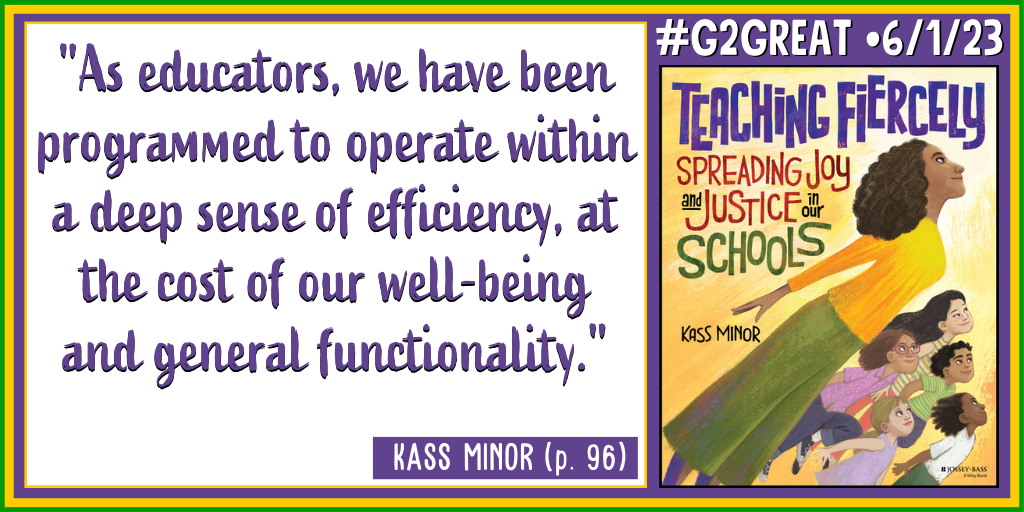
And reflect on your roles!
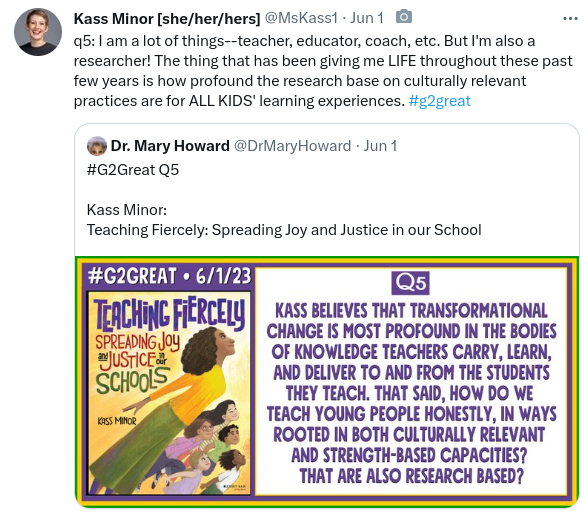
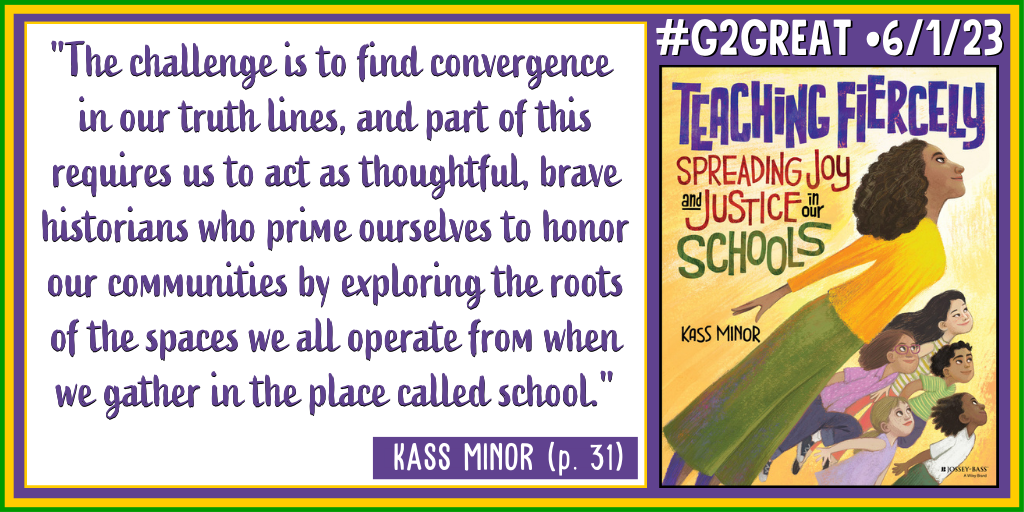
In Conclusion . . .
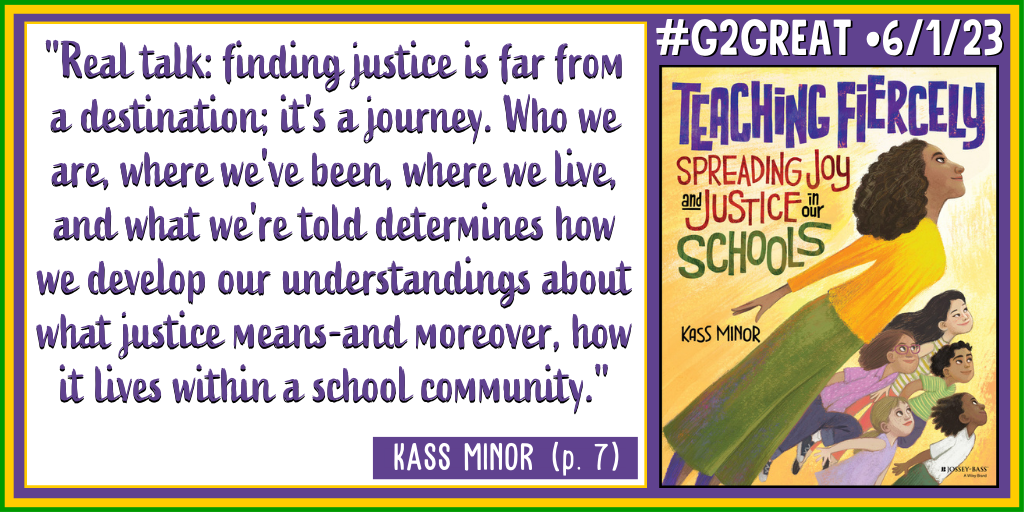
There’s no one path to joy and justice. You and your community will need to determine the path as you set forth on this journey. There are so many influences on our lives. However, there is no time to waste. It’s time to put one foot in front of the other and start down a path. Reach out to Kass. Reach out to your community. The joy of working together will sustain you!
_____________________________________________
Additional Resources:
The Minor Collective https://www.kassandcorn.com/
